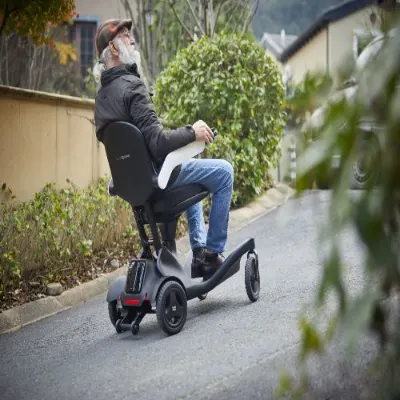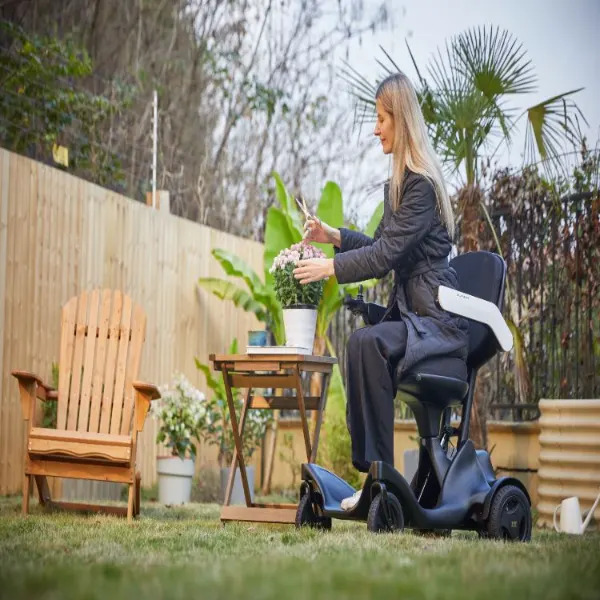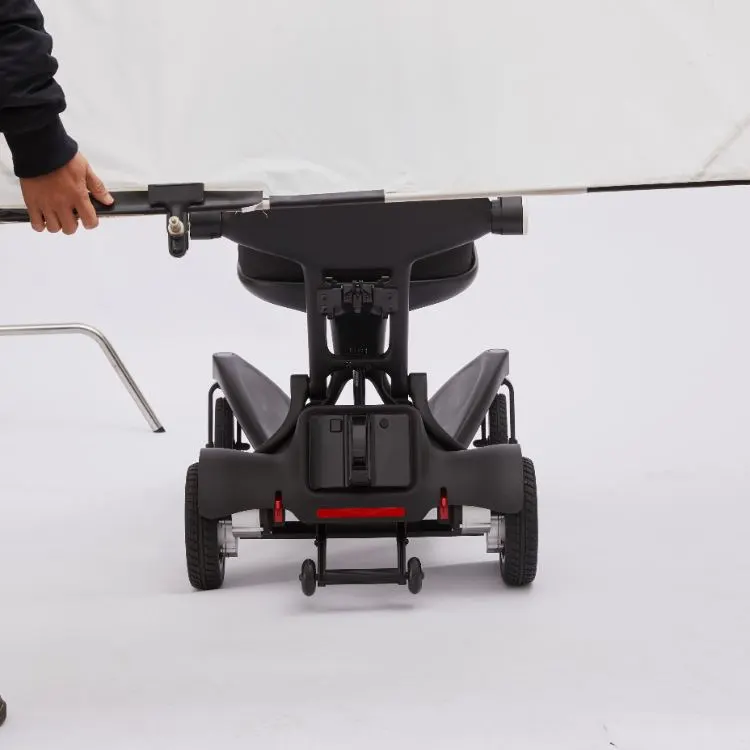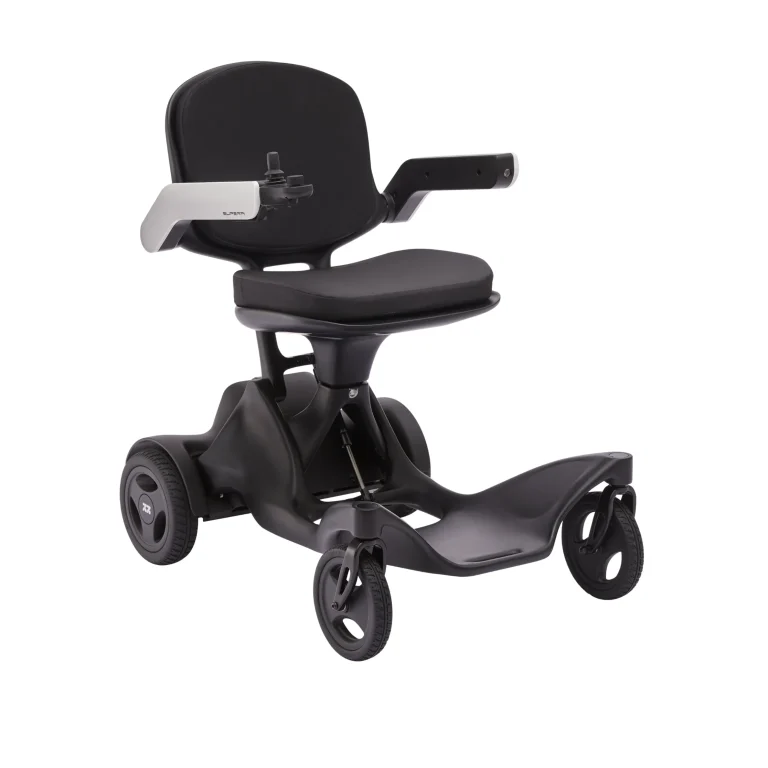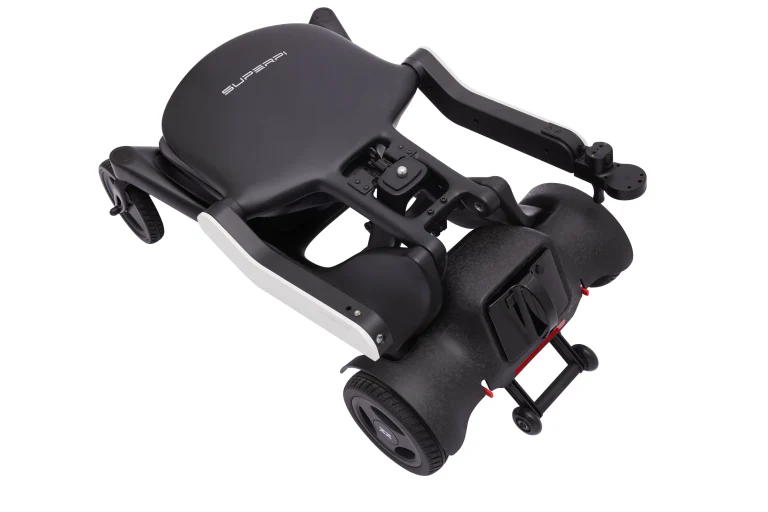Introduction
Power wheelchairs have totally flipped the script for people with mobility hiccups. From older people to those with disabilities or injuries, these zippy gadgets spark a rad sense of freedom. Moving around is now a breeze. But, their awesome perks come with some downsides. This guide dives into the not-so-fun bits of power wheelchairs. It also tosses out nifty tips for users and caregivers to tackle these snags like pros.
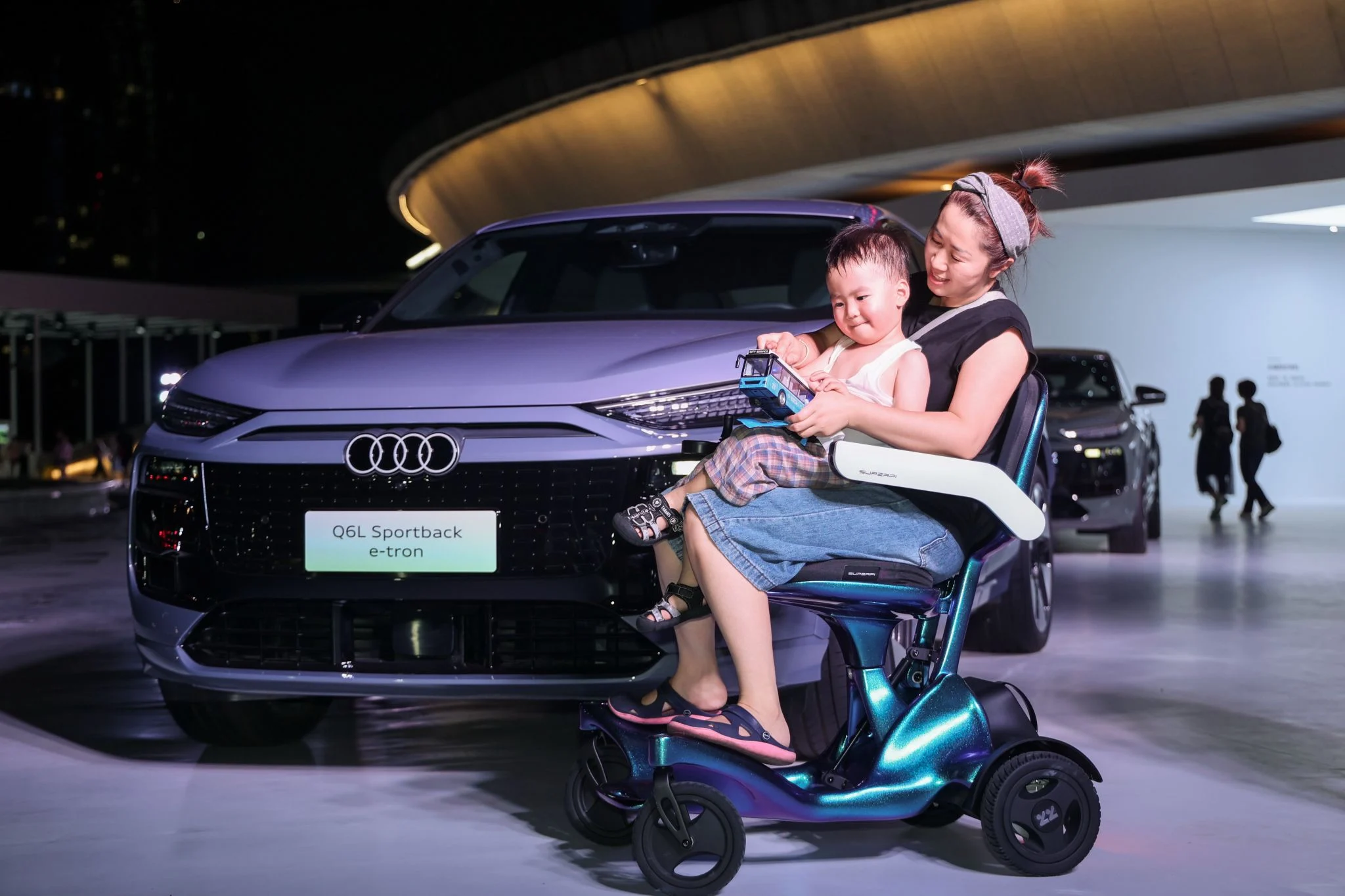
Are Power Wheelchairs Perfect? Not Quite.
Power wheelchairs pack a ton of cool perks. But they ain’t perfect. They bring physical, emotional, cash, and access troubles. Getting the full picture helps make wise picks.
Physical Challenges for the User
Power wheelchairs ditch the need for arm-pumping. But they can sneak in health bumps over time. These motorized rides, with electric motors, boost mobility and freedom. Still, they’ve got drawbacks like less moving around and leaning too hard on the chair.
Reduced Physical Activity
Power wheelchairs need barely any effort to roll. So, users might slack on activity. This can cause weak muscles, extra pounds, or heart troubles. Plus, sticking to the chair might make people dodge other options like assisted walking or therapy.
Psychological Effects
The emotional side of power wheelchairs often gets skipped. These devices empower users, but they can stir up tricky feelings that need sorting out.
Feelings of Isolation
For some, power wheelchairs scream disability. This can make people feel shy or slow to join public fun. They boost independence for lots, but some users might feel stuck to the chair or caregivers for daily tweaks or fixes.
Costs and Financial Considerations
A huge snag with power wheelchairs is the hefty price. Picking the right mobility gear is key for people needing freedom.
High Initial Costs
Power wheelchairs cost way more than manual ones. Prices swing from $1,500 to over $15,000, based on features.
Maintenance and Repairs
Like any motorized gizmo, power wheelchairs need regular care. Swapping batteries and fixing motors or electronics pile on costs. Also, insurance might not cover extras, leaving users to shell out cash.

Usage and Accessibility Concerns
Even built for ease, power wheelchairs bring some logistical hassles.
Charging and Battery Life
Power wheelchairs run on rechargeable batteries. Trips need planning to avoid a dead battery mid-journey.
Accessibility Issues
Not every spot or surface is wheelchair-friendly. Narrow doors or bumpy grounds can be tough, even for snazzy models. Plus, their size and weight make moving them a chore, especially with caregivers helping.
Comparison to Manual Wheelchairs
Pitting power chairs against manual ones helps pick the best fit.
Manual wheelchairs need strong arms, so they don’t suit everyone. Power wheelchairs give more mobility and freedom, especially on long trips or rough paths.
But manual chairs zip better in tight spots. They’re often lighter and easier to stash. Power chairs shine with comfy adjustable seats, cutting pressure sores by needing less shifting.
Some power models, like foldable ones, are travel-friendly. They collapse fast for small spaces but stay heavier than manual versions.
Practical Considerations for Caregivers and Users
Caregivers are super key to keeping power chairs rolling smooth.
- Budget Smart: Hunt for grants, financing, or insurance to cut costs.
- Upkeep: Follow maker tips. Check batteries, tires, and electronics often.
- Stay Active: Try guided exercises to fight inactivity woes.
- Boost Confidence: Create a chill, supportive vibe.
- Plan Trips: Map accessible routes. Pack a backup charger for low batteries.
Making the Most of a Power Wheelchair
Despite hiccups, clever planning makes power wheelchairs wicked useful. They’re a huge win for elderly or disabled people with their ease.
- Pick models matching lifestyle—think longer battery life or all-terrain wheels.
- Join support groups to trade tips with other power wheelchair users.
- Keep up with new tech to make them even cooler.
Empowering Independence, One Wheelchair at a Time
Power wheelchairs have made lives way better. Balancing their limits with their perks sets realistic hopes. Whether zipping through errands or exploring new places, these gadgets bring freedom when used smart.
FAQ
Q: Are there lightweight electric wheelchair options available?
Yup! The SUPERPI Model P2 uses aviation-grade carbon fiber, weighing only 20.5kg (without battery). It’s one of the lightest folding electric wheelchairs around.
Q: What kind of terrain can electric wheelchairs handle?
The SUPERPI Model P2 has dual 250W brushless motors. It climbs slopes up to 10°–12° and clears obstacles up to 7cm.
Q: How easy is it to control?
It’s got a smart controller with auto-braking and collision avoidance. Omnidirectional wheels spin in a 78cm radius.
Q: Is after-sales support available?
SUPERPI offers training videos for dealers, a two-year warranty (excluding consumables), and spare parts support.
Overview of SUPERPI Electric Wheelchair: Join as Our Distributors
Super Pi Robot, kicked off in July 2022, dives into R&D, production, and sales of smart gear for elderly users. Their top product, the Model P2, is built for light portability without cutting performance:
- Carbon fiber frame weighs just 6.4kg. Total net weight is 20.5kg (without battery).
- Dual 250W brushless motors tackle steep climbs up to 10°–12°.
Comfy shock-absorbing seats with memory foam cushions keep rides cozy for long stretches.
Distributors score tons of marketing help, like promo goodies, ads, spare parts access, and tech training for setup and after-sales. Contact Super Pi Robot.
For businesses eyeing a partnership, it’s easy: contact, intro, negotiate, sign, deliver. With strong R&D, Super Pi Robot brings premium products and solid after-sales support.

